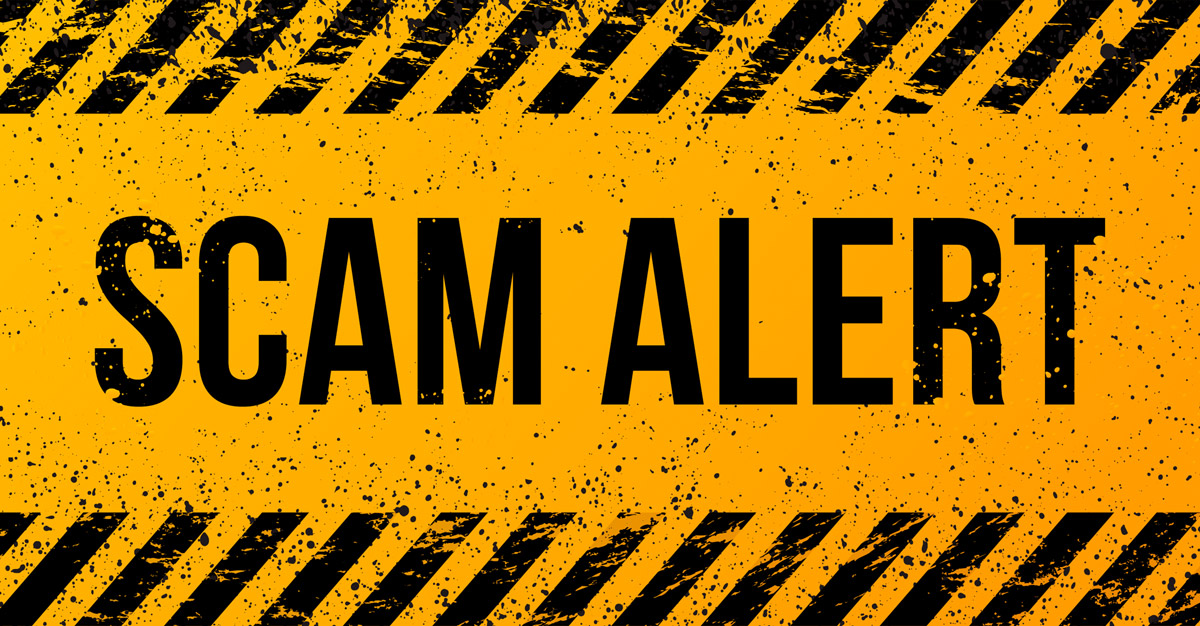Web Security

Ok, so you might be a little paranoid about passing your credit card details over to someone.
You are right to be.
Although many websites will offer you a secure and reliable service, there are may out there that will simply love to steal your money. So what do you look out for?
Well lets start with this, does it look too good to be true? Is the price ridiculously cheap? well that’s a good pointer that all is not right.
Scammers have gotten wise to the fact that for anything upto £50ish, most people wont bother chasing, or if they do then they get a refund from their credit card company.
NOTE: Credit card purchases have far better protections than Debit Cards. If you REALLY must purchase from a site that seems too good to be true, then use the Credit Card.
Some examples that I have come across, While browsing Social Media I see an advert for a mini computer. The Spec is fantastic, Latest Core i7 CPU, 16GB Ram, 256GB SSD and Windows 10. All for the low price of £70. The problem is, you cant even get the latest Core i7 CPU for that price, never mind anything else.
So what happens is, you buy it, wait patiently, then start wondering where your PC is, hey presto you make contact with the seller and you get an official looking e-mail from a courier company with tracking details. All nice except that they are FAKE!!
After a while you get a dodgy pair of sunglasses, and there has been a mix up in the warehouse, so sorry we will get it out to you.
But, you are never going to see the PC, or your money again.
There are a lot of websites that are popping up and they absolutely look genuine. If you want to know more about how to check if a website is legit then try the following:
1. Check the URL
The URL is the address you see in the address bar at the top of your browser. Paying attention to this is crucial. The most important part is the bit between the first double slashes and the first single slash.
Websites that end in .net or .org aren’t usually used for online shopping and .com or .co.uk are much more common.
2. Check the details
When you shop online or share your personal details, make sure you are using an https:// or secure server internet connection.
This ensures that other web users can’t spy on your personal details, for example, your banking or credit card information.
If you visit a website that asks you for personal information or login details without taking you to a https:// connection, leave immediately.
When you visit a secure connection online, you should see a padlock symbol next to the URL to indicate you are logged on to a secure connection.
You should also look for the padlock symbol next to the URL. This indicates that the site is secure and cannot be intercepted.
Alternatively, if the address bar goes green and you see the words ‘Verified Company [US]’ then that’s also an indication that the site’s secure.
If you see a warning symbol in the address bar and the words ‘Not Secure’ this means there’s an issue with the security, or that an SSL certificate is not in use.
3. Look closely at the content
Have a good look around the website, paying attention to how it’s written. Are there:
-
- Grammatical errors?
- Spelling mistakes?
- Broken English?
If it doesn’t read well, it’s highly likely to be a scam website. If you see lots of errors, it’s likely it’s been put together in a hurry by someone looking to make a quick buck. Also check the ‘contact us’ page. If the only way to contact them is through a form, you’d be right to feel suspicious.
As mentioned earlier if the offer seems too good to be true – then it probably is.
4. Find out who owns the web domain
All domains have to register their web address or URL, so check who has registered the URL or web domain of the website.
It’s free to look this up, and knowing the name of the company or individual responsible for the domain will help you identify if a site is a genuine business.
You can also use a website checker such as LookWhoIs or Whois.net to find out the details of a particular site by entering the domain name.
5. Check for reviews
There are also lots of popular review websites that share user experiences, both about the quality of customer service and products, and warning against scams. These include:
-
- Feefo
- Trustpilot
- TripAdvisor
You should be able to work out quite quickly whether other people have had good or bad experiences of the site you’re looking at. Watch out for fake reviews, too – if they all look new, or are all similar, they might not be genuine. Also be wary if there aren’t many reviews available to read.
How to tell if a website is legit or not can be time-consuming, and you may not get definite answer despite using all the tips mentioned above. If you’re still unsure about whether a site is legitimate, it’s best to be extra cautious. If you’re trying to visit a specific website, type the URL into your web browser directly rather than following links.
If you’re still not 100% confident, don’t share any of your personal information or financial details with that website. It’s always better to be safe than sorry.